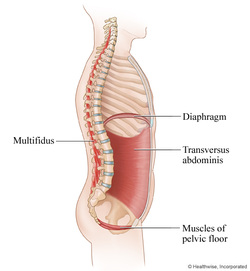
The first step to improving posture is awareness. Try this simple self-test to check your posture. Stand upright in front of a mirror and see how your feet are aligned. Are they parallel (meaning pointing straight ahead)? How far are they apart? Next scan up to your hips and shoulders. Are they level, or is one side higher or lower than the other? Now, look at the head. Is it tilted to one side, or slightly forward or back? Make note of what you see before you make any adjustments. This will tell you about your habitual stance.
Now, stand sideways in the mirror. Check to see how aligned your body is. Draw an imaginary line to divide your body down the middle. See if you ear is over the center of the shoulder, which should be over the middle of the hips, over the middle of the knee, over the middle of the ankle. See the photos at left for examples of correct alignment.
For more information on posture and how to check it, please see Ch. 2 in my book, Yogilates - Integrating Yoga and Pilates for Complete Fitness, Strength, and Flexibility.
Breathing:
Breathing well is living well. A simple exercise to help get you started with this all important function is to sit comfortably with a straight back. You can do this on a firm pillow on the floor with your legs crossed, or on a firm chair with your feet on the floor. Sit as tall as you can, back straight. Place your hands on the sides of ribs and close your eyes. 1. Breathe through your nose and first just notice your breath. 2. Start to notice as you exhale that you can relax your chest and shoulders as you release your breath all the way out, and that your lower belly can draw in. 2. Then, breathe in naturally and fully and feel your ribs expand to the sides while keeping the lower belly drawn in. 3. Breathe into your ribs like this for 4 - 5 more breaths. Notice how with every inhale your upper body can float higher, and with every exhale how the sides come in and down, but also gently lifts you taller from the inside 4. Let your breathing effort subside to an easier one, but still notice how, even in stillness, your breath moves you from your center.
I devote much of Ch. 3 in my book to how to breath correctly while practicing both yoga and Pilates.(link)
Core:
Essentially, the core muscles in the body are those torso muscles that engage to hold your whole body stable during a position or movement. Specifically, the muscles that stabilize the spine, pelvis, ribs, and shoulders, are key to core stabilization. Principal muscles of torso for stabilization are the transverse abdominus, the multifidis, the diaphragm, and the pelvic floor. Other muscles that are engaged from inside the torso to help stabilize include the other abdominals, the gluteals, the serratus and middle trapezius, and the intercostals, which pull the ribs together.
When taught correctly, Pilates is the best exercise system to strengthen your core because you are taught to be ever conscious of both stabilization using the deeper core muscles, and to release unnecessary tension from larger muscle groups and from habitual tension spots of the body such as the shoulders, neck, feet, hands, and back. To learn this properly, it is also good to practice yoga with a similar awareness. The breath work of yoga actually helps you to master Pilates technique because only when you learn to use the breath to relax, can you begin to discover a deeper source of grounded movement from your center. This is far superior to traditional abdominal exercises. In addition, because it is synchronized with the breath, it is more advanced than basic stabilization exercises done on physioballs and other unstable devices. In Yogilates(R) you develop stronger core muscles with awareness of how to oppose your own body weight for greater control and skill.
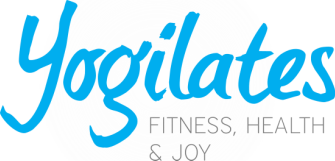
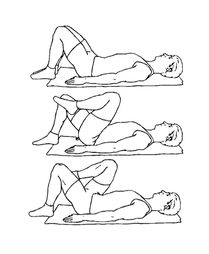
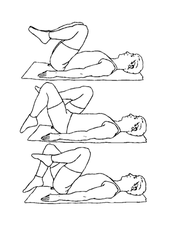
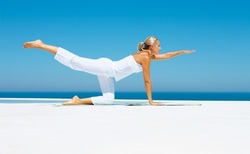
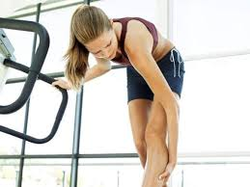
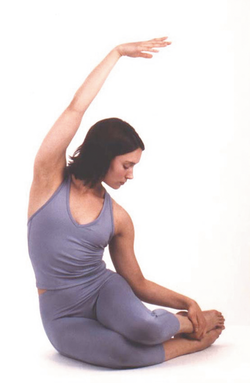
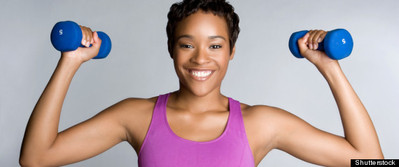

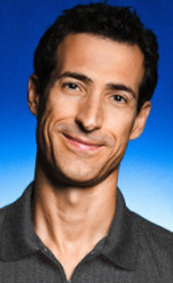
 RSS Feed
RSS Feed
